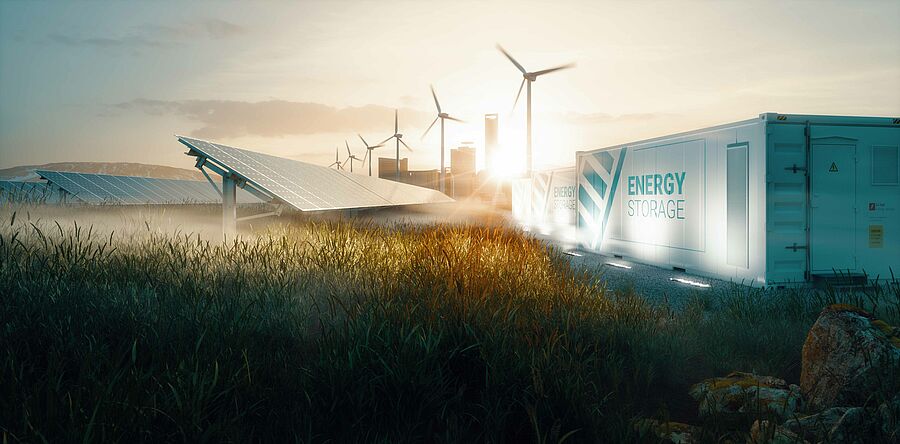Potential for the decarbonisation of Austrian lake shipping
Austrian lake shipping can cover its energy requirements in a climate-neutral way with green hydrogen, as shown by the example of Vorarlberger-Lines on Bodensee and Wörthersees shipping.
Project goals
The aim of the project was to analyse the technical and economic feasibility of converting tourist ships on Austrian lakes to climate-neutral hydrogen propulsion systems. Both newbuilds with fuel cells and retrofits with hydrogen combustion engines were analysed and concepts for regional hydrogen supply were evaluated in order to demonstrate ecological advantages and economic feasibility.
Role of the AIT
As part of the feasibility study, the AIT Austrian Institute of Technology was responsible for the technical and economic analysis of the conversion of tourist ships to hydrogen propulsion. This included the evaluation of the infrastructure options for hydrogen supply (local electrolysis vs. purchase) as well as carrying out the techno-economic assessments.
Project results
Climate-neutral shipping on Austria's lakes can be realised by using hydrogen, which is produced using renewable energies, as an energy source. In a feasibility study commissioned by the Klima- und Energiefonds, AIT Austrian Institute of Technology GmbH and HyCentA GmbH analysed the conversion of ships used for tourism on Austrian lakes to hydrogen propulsion. To this end, the technical and economic feasibility was analysed for the Vorarlberger-Lines on Bodensee and the Wörthersee shipping company.
Two options were analysed: the purchase of new ships with fuel cell propulsion and the retrofitting of existing ships with hydrogen combustion engines. In both cases, technical concepts for hydrogen ships were drawn up and the specific consumption and the resulting refuelling intervals were determined. Two scenarios were also analysed for the supply of hydrogen produced from renewable energies: On-site hydrogen production using electrolysis from renewable electricity and hydrogen purchases from sources that are as regional as possible.
The study shows that hydrogen-based propulsion systems are already so technologically advanced that ship operations can be converted to hydrogen without major restrictions. Both fuel cell ships and ships with hydrogen-powered combustion engines can be considered for this purpose. The analysis also shows that the conversion of existing diesel ships to hydrogen combustion engines is possible in principle, but that new hydrogen fuel cell ships are significantly more efficient in comparison and therefore require less hydrogen.
From an ecological point of view, it was shown that converting the fleet of the two shipping companies to hydrogen alone could save almost 7% of the CO2 emissions of the entire Austrian shipping industry (as of 2019).
The profitability calculation shows that on-site production of hydrogen is less expensive than purchasing it. This result confirms the trend towards decentralisation of energy supply and the relevance of regional generation and use of energy sources. However, at the time of the study, the acquisition and operating costs of hydrogen propulsion, both by means of fuel cells and internal combustion engines, clearly exceed those of diesel propulsion. Several factors can interact to initiate a turnaround in the use of hydrogen as a fuel. On the one hand, subsidies can create an additional incentive and reduce the additional costs. At the same time, rising diesel prices will lead to rising operating costs for diesel ships, which will slowly bring operating costs closer to hydrogen operation. However, in order to achieve a sustainable turnaround, possible synergies must also be utilised. For example, combined hydrogen production for local public transport and hydrogen shipping could redistribute investment costs and further reduce hydrogen production costs.



